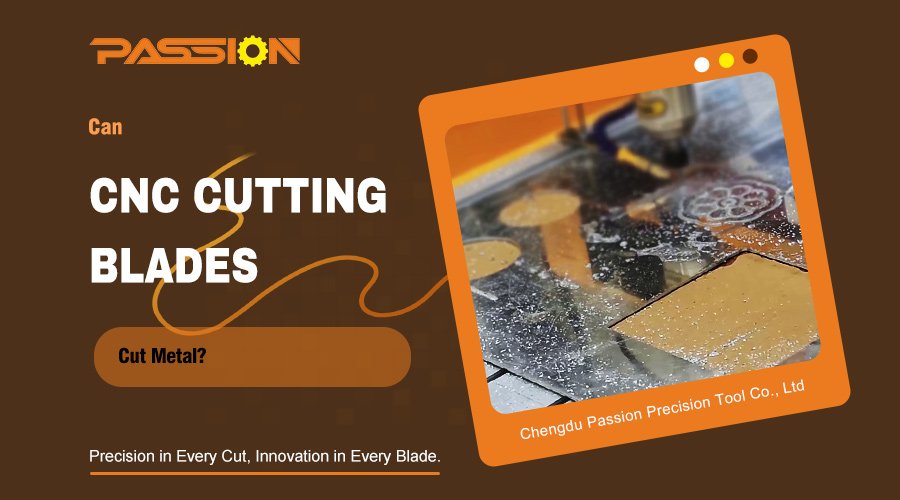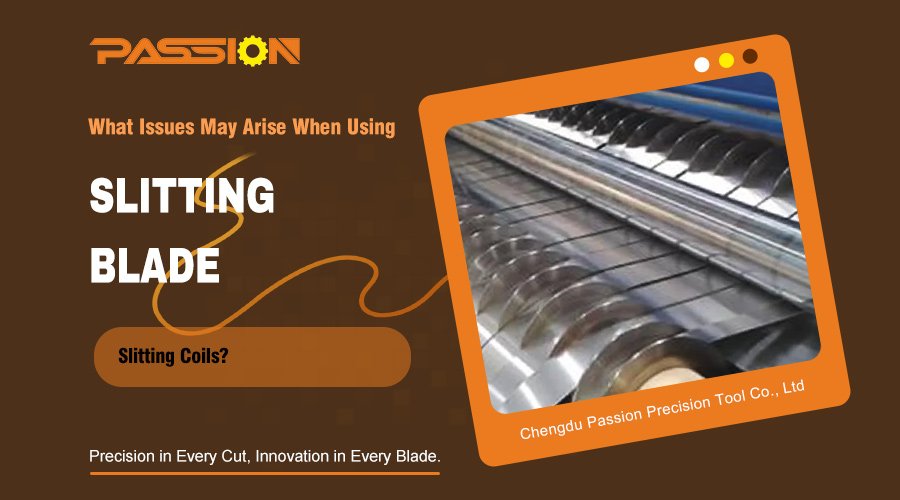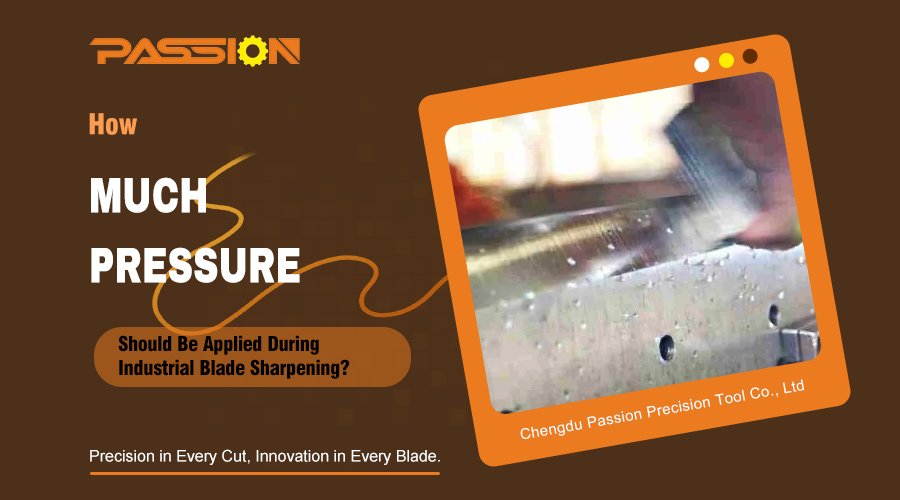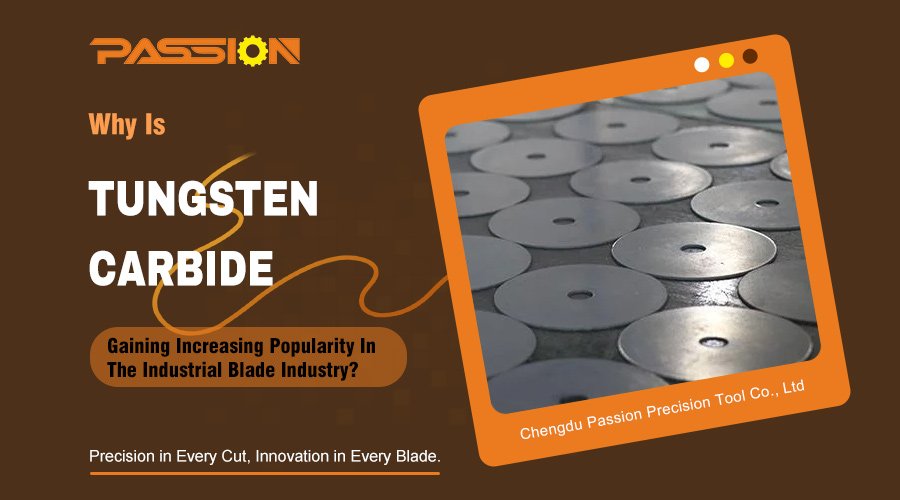When you’re buying blades for your business, one of the most important things you want to know is if the blade is going to rust and make your stuff not work as well. In this article, we’re going to talk about whether tungsten carbide, which is one of the best materials you can get for blades, rusts and why it’s so good for a lot of different things you might want to cut.
Tungsten carbide blades don’t rust because rust is something that happens to things with iron in them, and tungsten carbide doesn’t have any iron. They’re really good at not rusting because of the way they’re made. But even though they don’t rust, tungsten carbide blades can still get messed up if they’re in the wrong place, even though it doesn’t happen as often or as fast as it does with steel blades.
Let’s dive deeper into why tungsten carbide blades are so durable and why they are the preferred choice for industrial applications.
What Makes Tungsten Carbide a Superior Blade Material?
Tungsten carbide is a special kind of composite material that’s made up of tungsten and carbon atoms that are stuck together using a metal glue, usually cobalt. When you put all that stuff together, you get something that’s really hard and really tough, which is why people use it for a lot of things.
One of the things that makes tungsten carbide special is that it’s really hard. On a scale that measures how hard things are, called the Mohs scale, tungsten carbide is between 8.5 and 9. That’s harder than most steels and just a little bit softer than diamonds, which are a 10. That means tungsten carbide blades stay sharp a lot longer than steel blades, so you don’t have to change them as much and you don’t have to stop working as often.
Tungsten carbide is also really dense and really tough, which means it doesn’t wear out or break as easily as other stuff. That’s important if you’re cutting things really fast, because other stuff might wear out or break, but tungsten carbide keeps going. That’s really important if you’re making things out of metal, wood, or plastic, because you use blades a lot and you need them to keep working.
How Does Cobalt Play a Role in Tungsten Carbide Blades
While tungsten carbide itself is incredibly hard, it’s also quite brittle. To make it less brittle, cobalt is often used as a binder in the manufacturing process. Cobalt gives the blade the toughness it needs to absorb impacts without shattering. This combination of hardness from the tungsten carbide and toughness from the cobalt binder makes for an incredibly durable and long-lasting blade.
However, it’s important to note that cobalt isn’t immune to corrosion. In environments where the blades are exposed to moisture, especially in the presence of salts or acidic substances, the cobalt binder can corrode over time. This corrosion doesn’t affect the tungsten carbide itself, but it can weaken the overall blade structure. To counteract this, manufacturers often apply protective coatings to the blades, which further enhance their resistance to corrosion and extend their lifespan.
How Does Tungsten Carbide Compare to Other Blade Materials?
When it comes to materials for industrial blades, tungsten carbide is often compared to other popular materials like high-speed steel (HSS), ceramic, and titanium. Each of these materials has its own set of advantages and trade-offs, but tungsten carbide often comes out on top for demanding industrial applications.
High-Speed Steel (HSS): HSS blades are widely used in industrial settings because they’re tough and can retain their hardness at high temperatures. However, they don’t match the hardness or wear resistance of tungsten carbide. HSS blades tend to dull more quickly and require more frequent sharpening or replacement, which can lead to increased operational costs over time.
Ceramic: Ceramic blades are another option known for their extreme hardness and ability to hold a sharp edge. However, ceramics are much more brittle than tungsten carbide, so they’re prone to chipping or breaking under impact. While they’re highly resistant to corrosion, their fragility makes them less suitable for high-impact industrial applications.
Titanium: Titanium blades are valued for their strength, lightweight nature, and excellent corrosion resistance. However, titanium is softer than tungsten carbide, so it will dull more quickly when used in cutting applications. That makes tungsten carbide a better choice for applications that require a sharp, durable edge.
How Resistant Is Tungsten Carbide to Corrosion?
While tungsten carbide itself doesn’t rust, the issue of corrosion, especially in the cobalt binder, can’t be ignored. Corrosion in tungsten carbide blades typically happens in environments where they’re exposed to harsh chemicals, moisture, or extreme temperatures. However, the rate of corrosion is generally much slower than in steel blades, making tungsten carbide a more reliable option for long-term use.
To further improve the corrosion resistance of tungsten carbide blades, manufacturers may apply various coatings or surface treatments. For example, they might put a titanium nitride (TiN) or diamond-like carbon (DLC) coating on the blades to create a barrier that protects the cobalt binder from corrosive elements. These coatings not only make the blades more corrosion resistant but also reduce friction during cutting, which improves overall performance and extends the life of the blade.
In addition to coatings, proper maintenance and storage of tungsten carbide blades are critical to preventing corrosion. Blades should be cleaned regularly to get rid of any residues that could lead to corrosion and stored in a dry environment to minimize exposure to moisture. By taking these precautions, you can maximize the longevity and performance of your tungsten carbide blades.
What Are the Applications of Tungsten Carbide Blades?
Given their hardness, durability, and resistance to wear and corrosion, tungsten carbide blades are used in a wide range of industrial applications. You’ll find them in:
Metalworking: Tungsten carbide blades are perfect for cutting and shaping metals, especially in high-speed applications where precision and durability are critical.
Woodworking: In the woodworking industry, tungsten carbide blades are used for cutting, planing, and shaping wood. They stay sharp for a long time, which makes them invaluable in high-volume production environments.
Plastic and Composite Materials: Tungsten carbide blades are also used for cutting and machining plastics and composite materials. They don’t wear out easily, so you get clean cuts and consistent performance, even with tough materials.
Paper and Packaging: In the paper and packaging industry, tungsten carbide blades are used for slitting and trimming operations. They’re sharp and last a long time, so you get high-quality cuts and efficient production processes.
Mining and Construction: Tungsten carbide is so hard that it’s used for cutting tools and equipment in mining and construction. These blades can handle the abrasive conditions that are typical in these industries, so they’ll keep working for you over time.
Tungsten carbide blades are a great investment for any industrial operation because they’re tough as nails and won’t rust or corrode. Whether you’re dealing with tough cutting jobs or just want something that will last a long time, these blades are built to perform and last. To see the full range of customizable tungsten carbide blades, get in touch with PassionBlade today!








